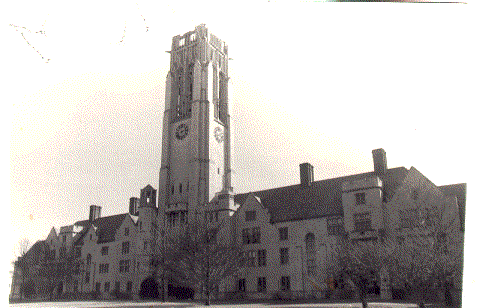
The Gothic style was promoted by architect Ralph Adams Cram for college campuses of the early 20th century. As Cram wrote in 1914, Collegiate Gothic "return(s) step by step to the old idea ls and sound methods of English colleges...return(s), even in a wider sense, to those eternally battered but eternally enduring principles in life and thought and aspiration which make up the great Anglo-Saxon heritage."
Cram's Gothic Revival movement was inspired by the same ideals that fueled the great Gothic movement of the 12th century. Like his earlier counterparts, Cram saw Gothicism as a revolt against the symmetry, order and simplicity of classicism. Cram had great disdain for the three evils "Reformation, Renaissance, and Revolution" and disliked the classical and secular academic architecture embodied by Thomas Jefferson's University of Virginia. He believed art, religion and education were inseparable. Cram himself designed college buildings at Princeton and West Point and inspired similar works at the University of Chicago and Duke University. Clearly his work had great influence on the Toledo firm of Mills, Rhines, Bellman and Nordhoff, Inc. and its University Hall design.

Tomany, University Hall is The University of Toledo. Since its completion, it has been one of the most recognizable structures in Toledo. The first building on the new campus, it is one of best examples of the collegiate brand of Tudor Gothic Revival in the country.
University Hall was built by 400 men in 11 months. It is constructed from 50,000 tons of Wisconsin Lannon and Indiana limestone, the same building materials used in almost all UT buildings from that time on. The building is 63 feet tall, complemented by an impressive 205-foot tower. Since its construction, the building has undergone extensive interior renovation, but its exterior has changed little.
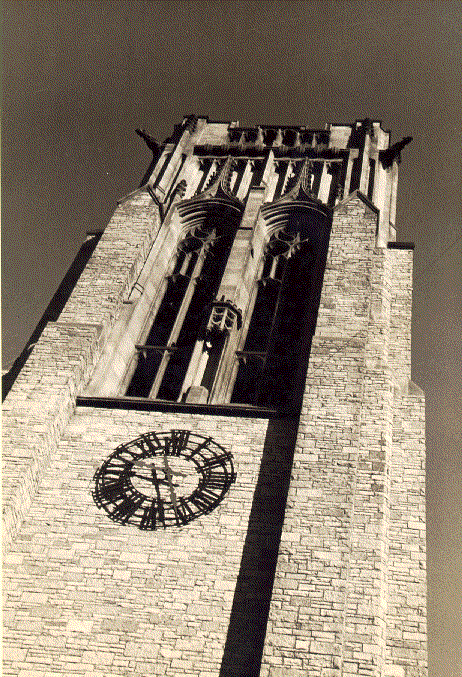
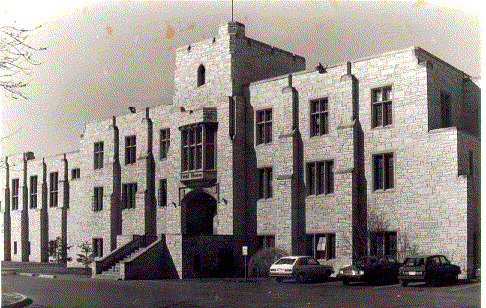
The second building on the new campus, the Field House served as the gymnasi um. While primarily utilitarian, it displays some of the same Gothic feature s as University Hall. In addition to being used for physical education class es, the Field House has been used for the University's basketball games; as a concert hall; and for large assemblies, including commencement ceremonies. Since the opening of Centennial Hall (now Savage Hall) in 1976, the Field House has been largely unused and is in need of repair.
Features to note:
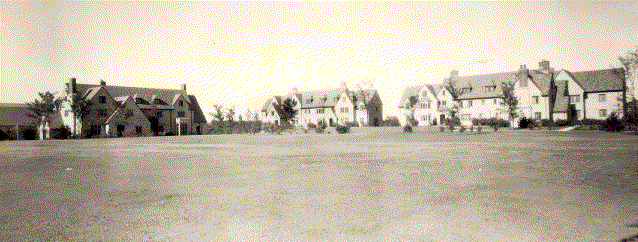
Architects: Gerow and Conklin
Date completed: 1935
Cost: $250,000
The first residential buildings on campus were, coincidentally, designed by an architectural firm know primarily for its residential structures. Gerow and Conklin designed many of the homes in the Old Orchard and Ottawa Hills areas. The funds for construction came from the government's Federal Emergency Relief Administration, and work was done by Works Progress Administration employees. Scott and Tucker halls housed faculty and the University president. Later the buildings were used by sororities and fraternities. Libbey Hall was built as the first Student Union, with the top floors serving as a dormitory. The buildings are now used for offices and the University Club in Libbey Hall.
Features to note:

Opposite the Scott, Tucker, and Libbey complex on the front campus green is Gillham Hall. While built some 20 years after the first UT structures, it continues the Gothic tradition in many ways. However, the modern influence is beginning to be seen with simpler, cleaner lines; less ornamentation; and a growing emphasis on the horizontal over the vertical. Built to house the University library and College of Law, today the building is primarily used for University offices.
Features to note:
Glass Bowl Stadium(old section) Architects: Gerow and Conklin
Date Completed: 1937
Cost: $335,000
MacKinnon Hall(old section)
Architects: Gerow and Conklin
Date Completed: 1939
Cost: $160,000
Student Union(old section)
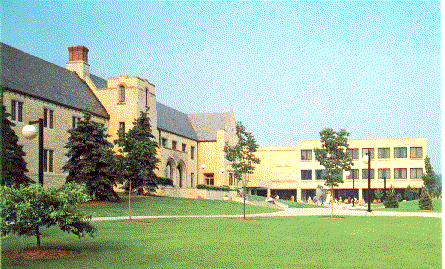
Document Custodian: Canaday Center Staff
Last revised 1, June, 2007